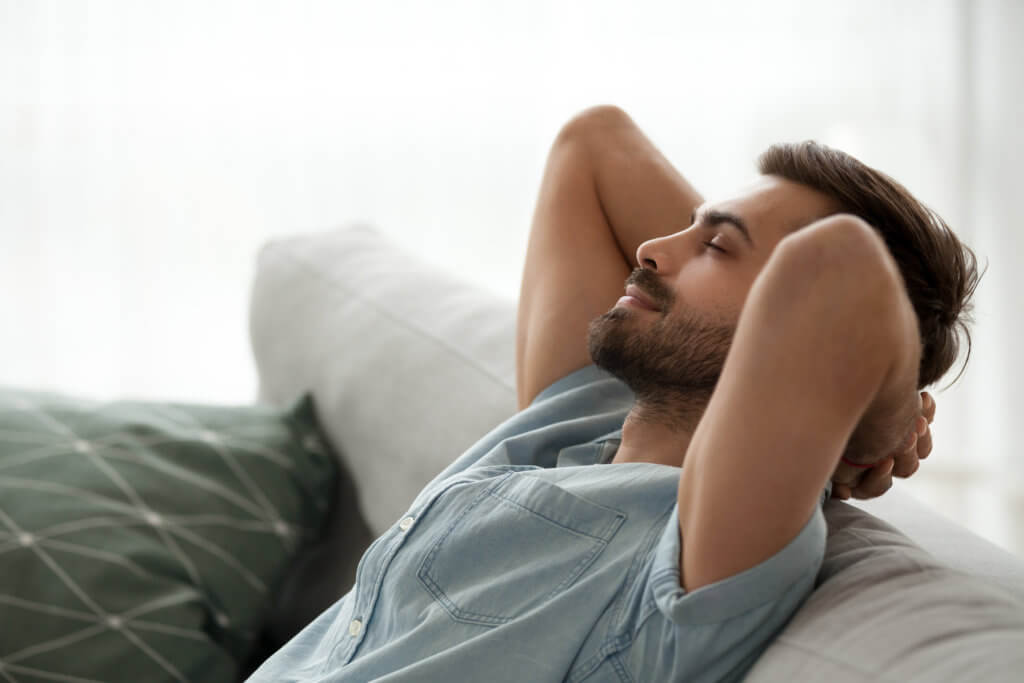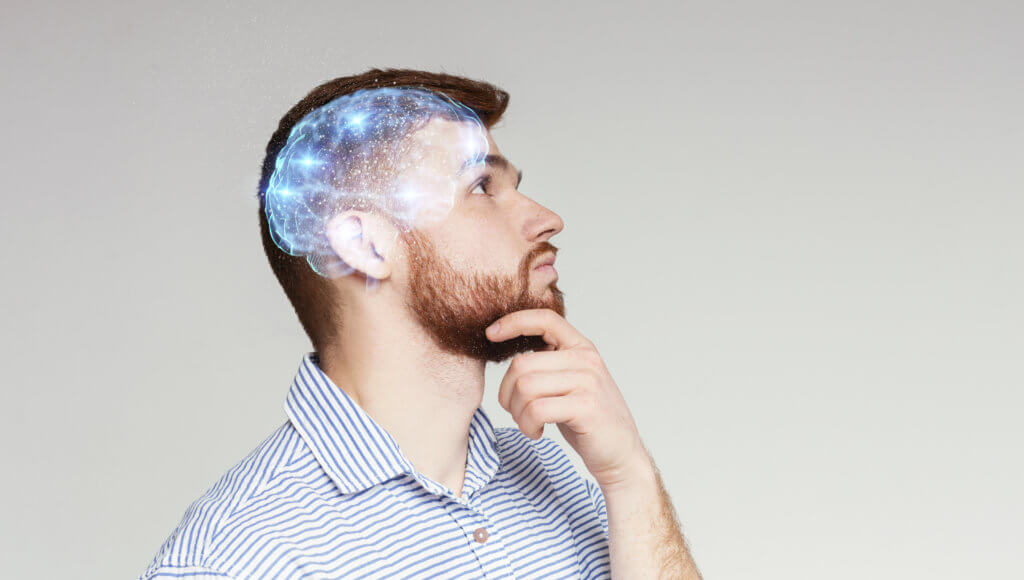TUCSON, Ariz. — Most people have felt the dull creep of boredom set in at one time or another, but researchers from the University of Arizona suggest especially creative people tend to keep themselves entertained even during idle moments and downtime — and they don’t need a smartphone or streaming service to do so!
More specifically, study authors report creative people are more likely to make the most of their downtime during a typical day by exploring their mind. The research indicates creative individuals are more likely to use idle time in a productive manner by allowing one idea to lead to another. Study particiapants considered more creative reported feeling less bored while sitting alone in a room. Moreover, during the COVID-19 pandemic in particular, a time when virtually everyone found themselves with unusually extended periods of unstructured time, creative people tended to become less bored and more engaged with their thoughts.
“I am particularly interested in creativity because we wanted to know what’s going on in the mind of creative individuals, especially in situations where nothing constrains their thoughts,” says lead study author Quentin Raffaeli, a graduate student in the UArizona Department of Psychology, in a university release.
Across the fields of both psychology and neuroscience, most studies focusing on human thought have either prompted people to think in a certain way or asked them to report on thoughts they experienced after the fact. However, far less is known regarding how thoughts naturally arise and unfold in real time within unprompted contexts, explains Jessica Andrews-Hanna, an associate professor in the Department of Psychology and senior author of the study.
“This is where our study comes in,” Prof. Andrews-Hanna notes.
She goes on to point out that history is filled with anecdotes and stories of famous scientists, artists, and philosophers who enjoyed being left alone with their thoughts. Such individuals, of course, often went on to create some of the greatest ideas of all time.
“In today’s busy and digitally connected society, time to be alone with one’s thoughts without distraction may be becoming a rare commodity,” Prof. Andrews-Hanna continues.

The study was divided into two parts. The first experiment entailed participants being asked to sit alone in a room for 10 minutes without any access to digital devices. In the absence of any particular prompt, the participants were then asked to voice their thoughts aloud in real time. The ensuing recorded files from 81 participants were then transcribed and analyzed by researchers.
Next, the team assessed each person’s creativity using a “divergent thinking test,” which is a lab-based verbal test designed to measure a person’s ability to think outside of the box. Those who scored high on the divergent thinking test usually had free-flowing thoughts that were often associated with one another. For example, featuring phrases such as “this reminds me of” or “speaking of which.”
“While many participants had a tendency to jump between seemingly unrelated thoughts, creative individuals showed signs of thinking more associatively,” Raffaeli explains.
The first experiment led researchers to discover that creative people tend to engage more with their thoughts when left alone without digital distractions.
“Creative people rated themselves as being less bored, even over those 10 minutes. They also spoke more words overall, which indicated that their thoughts were more likely to move freely,” Prof. Andrews-Hanna says.

Then, to strengthen those initial findings, researchers expanded their efforts to include the context of a much larger span of time – the COVID-19 pandemic. The pandemic, of course, was a period when we were all alone with our thoughts more often. For this second experiment, more than 2,600 adults answered questions using a smartphone app called Mind Window that had been developed by Prof. Andrews-Hanna and her graduate student Eric Andrews. Once again, those who self-identified themselves as being creative reported feeling less bored during the pandemic.
“As we become more overworked, overscheduled and addicted to our digital devices, I think we need to do a better job in our homes, our workplaces and our schools to cultivate time to simply relax with our thoughts,” Prof. Andrews-Hanna continues.
Moving forward, the research team is continuing their work with the Mind Window app. They encourage readers to download and try the app, as it will help scientists better understand how people all over the world think in their everyday lives.
“Understanding why different people think the way they do may lead to promising interventions to improve health and well-being,” Prof. Andrews-Hanna concludes.
The study is published in Creativity Research Journal.
You might also be interested in:
- All-natural inspiration: Study finds drugs fail to spark creativity and imagination
- Your Instagram, TikTok obsession may keep you from creative benefits of ‘profound boredom’
- Kids who love reading have bigger brains, become happier and smarter teens

